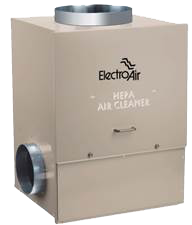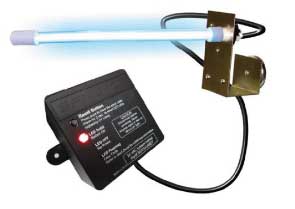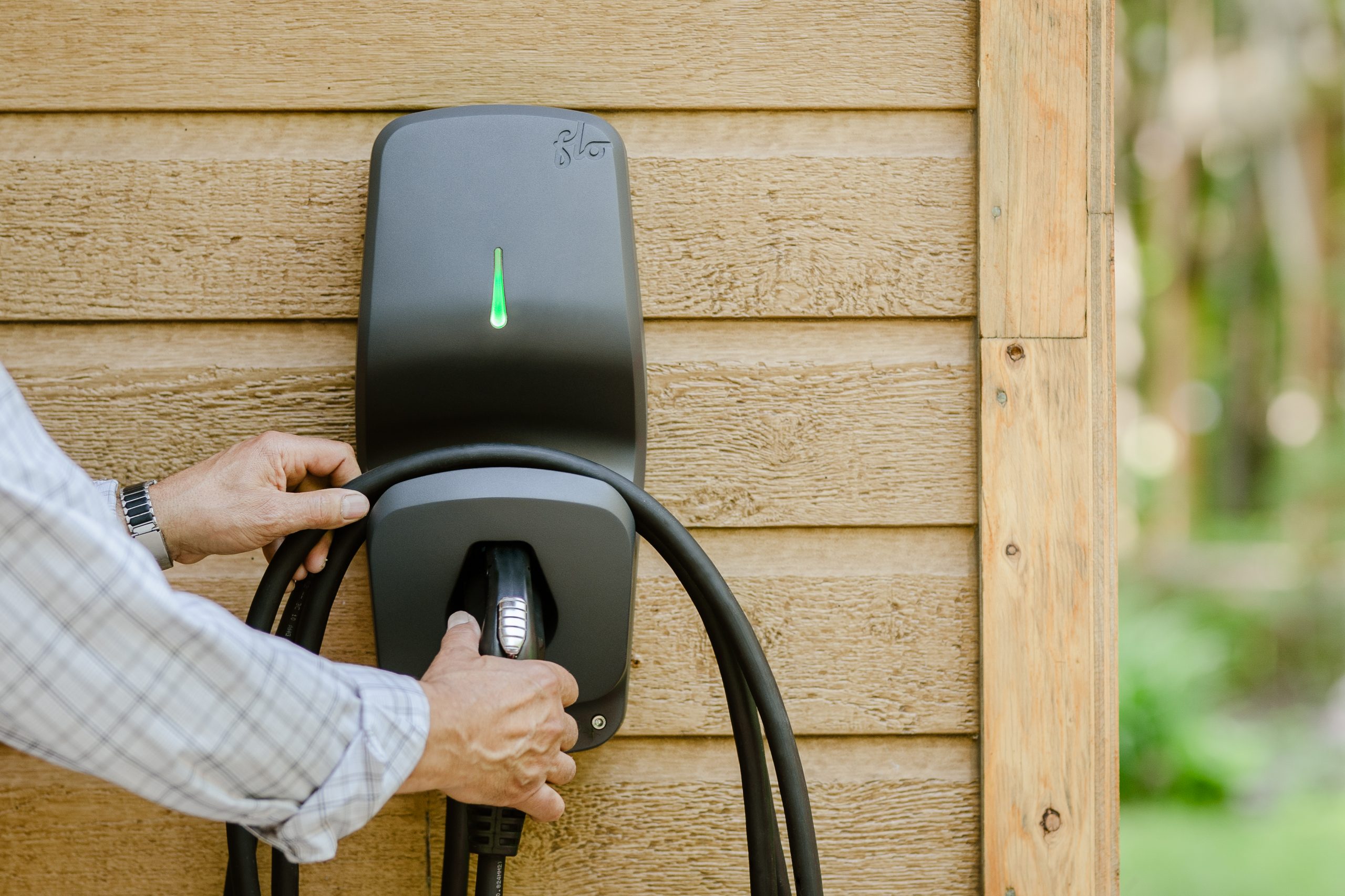How a Commercial Air Purifier Can Improve Indoor Air Quality5 min read
Reading Time: 5 minutesCommitting to better air quality benefits you, your employees and your guests.
Finding ways to improve indoor air quality is a sound decision for any business owner. It demonstrates a commitment to the wellbeing of everyone on-site and to creating a space where employees, clients, and customers can breathe easier and cleaner. To aid you in your efforts, there are air purification solutions that can help you keep your air supply as clean and fresh as possible.

What is a commercial air purifier?
Commercial air purifiers are used to improve the air quality and reduce the level of pollutants, allergens and unwanted airborne particles in a facility. They are devices that, when used properly, can help businesses improve indoor air quality.
INQUIRE WITH US ABOUT INDOOR AIR QUALITY EQUIPMENT HERE!
What causes poor air quality in commercial spaces?
There are many factors that can lead to poor air quality in commercial settings. In fact, you would be hard-pressed to find a business that doesn’t have at least a small concentration of pollutants in the air. If left unaddressed, significant amounts of particulate matter in the air can have negative impacts on health, comfort, and safety.
When fine particles like pollen, dander, dust, cigarette smoke, exhaust emissions, and off-gassed Volatile Organic Compounds (VOCs) are released into the air, they decrease the air quality in the buildings in which we live, work or spend any time. Volatile Organic Compounds (VOCs) are found in many products and items — from vinyl and pressed-wood flooring to cleaning products, paints, and even some air fresheners. Other particles that reduce the quality of the air we breathe include mold, fungi, bacteria, dust mites, pollen, and spores among other air contaminants. 
How do commercial air purifier systems work?
There are a number of different devices and solutions (including portable air purifiers or cleaners) that are capable of removing varying degrees of airborne particles indoors.
High-Efficiency Particulate Air (HEPA) Filters
HEPA filtration systems are very effective at filtering out and trapping airborne particulates. They remove about 99.97% of particles down to 0.3 microns from the air. How small are these particles? To give you some perspective, while a human hair is about 50 to 150 microns in diameter, HEPA technology can trap 99.97% particles that are about 0.3 microns in diameter — hundreds of times smaller.

Electronic Air Filters
Electronic air cleaners, such as electrostatic air filters, generate charged particles that trap or attach to pollutants in order to remove them from the air. These air filters work with your existing HVAC or can be added to a new heating and cooling system.
Disinfection Systems
Ultraviolet Light Systems mount right inside the air duct of your HVAC system. UV technology attacks microorganisms that are stuck on surfaces within sight on a molecular level and alters or otherwise damages the genetic material inside bacteria, viruses, and molds. This helps to inactivate or kill them.

Portable Air Cleaning Units
Devices like the Novaerus Protect 200 and Novaerus Protect 800 are powered by NanoStrike® plasma coil technology designed for continuous air disinfection and odour control. They utilize plasma waves to denature and deactivate viruses at the molecular level. This helps reduce the airborne concentration of bacteria, viruses, and other contaminants in small- to medium-sized indoor spaces.

Heat Recovery Ventilators (HRV) / Energy Recovery Ventilators (ERV)
One of the best ways to improve indoor air quality is to improve ventilation and provide more fresh outside air to an indoor space. Adding a heat recovery ventilator (HRV) or energy-recovery ventilator (ERV) can supply clean, fresh air, and recover most of the heat and humidity (ERV only) from the exhaust air.
Where do Commercial Air Purifiers Fit into a Strategy for Better Indoor Air Quality?
While a commercial air purification system is an effective step towards achieving better air quality indoors, it’s not the only step. In fact, these systems can work even better when they are used alongside the two other strategies listed below. So, if you’re looking to deliver better indoor air quality in your place of business, try and pair an air purifier with the following best practices.
1. Use other forms of ventilation to introduce more outdoor air inside
This is one of the easiest and most cost-effective strategies for decreasing indoor air pollutant concentrations: when you add ventilation — whether general or localized — you can quickly address indoor air quality.
General Ventilation: Brings outdoor air indoors, circulates air throughout a space, and pulls indoor air outside.
Localized Ventilation: Removes excess moisture and contaminants that are confined to a space (e.g., a bathroom after taking a shower, a small kitchen while cooking or after cleaning with heavy-duty cleaning products) before they’re able to spread to other areas.
Tips:
1. Open doors and windows when using products known to off-gas VOCs.
2. Use fans to maximize the amount of air brought into a space from outside
2. Control individual sources of poor-quality air already present within the space
Whether it’s cleaning products, appliances that release products of combustion (e.g., gas ranges), or even furnishings that off-gas VOCs (e.g., area rugs, pressed-wood flooring), one of the most effective steps you can take to improve indoor air quality is to seek out, upgrade or eliminate individual sources of indoor air pollutants within a space.
How to minimize the impact of VOCs in an indoor environment:
1. Consider purchasing low-VOC paint and furnishing options. And only buy as much paint, solvents, adhesive, caulking and other building materials as you need at any given time.
2. To limit exposure, store unused building materials and supplies outside if possible.
3. Dispose of unused building materials and supplies on a frequent basis.
4. Look for solid wood items, as they often contain fewer VOCs than items made from composite wood.
Have more questions about air purification systems? We can help!
At Reliance, we offer an array of products that can help to improve the quality of the air in your place of business. With our indoor air quality options — ranging from basic filtration to products that leverage technology used by professionals in medical settings — plus skilled technicians to guide you every step of the way, you can be confident that you’ll find the right solution for your needs.



